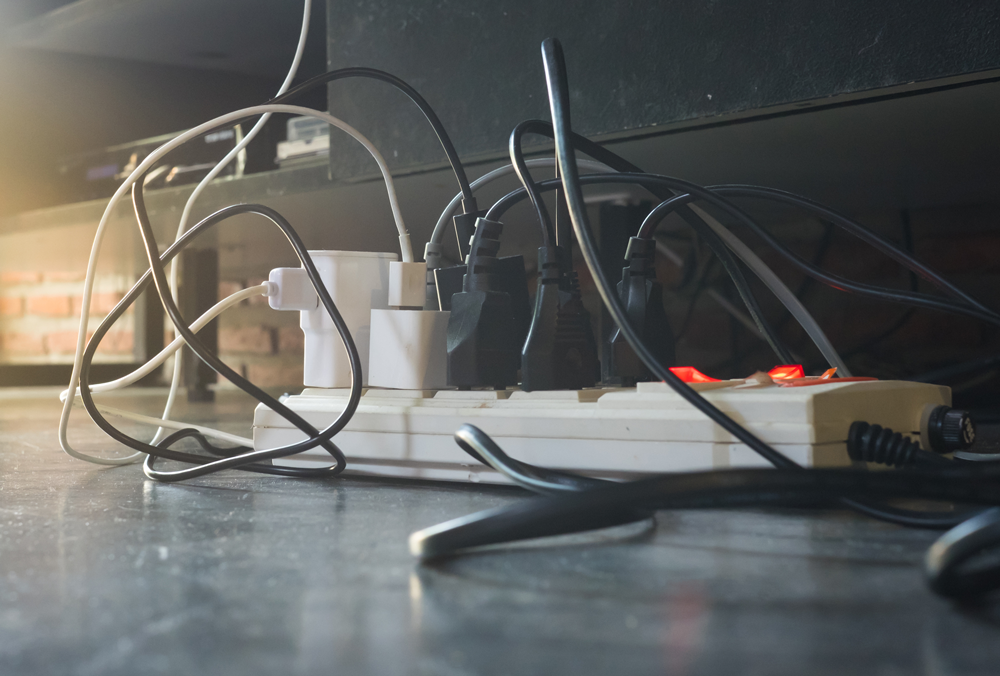With cooler weather moving in, many people will start spending more time at home and using more indoor appliances. We've put together some reminders for indoor electrical safety.
Before you use appliances or tools that haven't been used in a while, inspect cords, plugs, and outlets to ensure everything is in good working condition. Frayed or damaged cables can become a fire or electrocution hazard.
To help prevent home fires, clean appliances you may have neglected that might have a buildup of things like food debris, oil, and dust.
Take the time to move extension cords out of high-traffic areas of the home to avoid a tripping hazard, and decide whether they are still needed.
Last but certainly not least, test your smoke and carbon monoxide detectors. Check that you have these detectors installed outside of all rooms in your home, ensuring the safety of everyone in the house.
- Avoid overloading your outlets
- Never plug more than two appliances into an outlet at any time; don’t “piggyback” extra appliances or devices on extension cords or wall outlets. Instead, use only outlets designed to handle multiple plugs.
- Know the amount of power you’re placing on an outlet or circuit to avoid overloading your outlets.
- Major appliances (refrigerators, washers, stoves, air conditioners, etc.) should be plugged directly into their own wall outlet since they are heavy power users.
- If you find you are overloading an outlet or circuit in your home, you may need to contact a professional to help resolve the problem. An electrician can add outlets and inspect your home’s wiring system.

